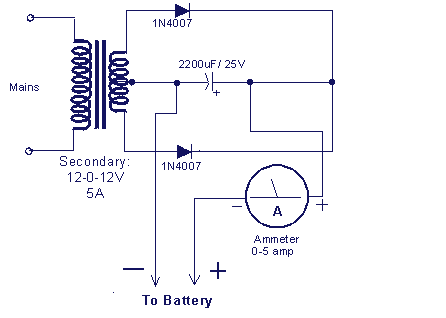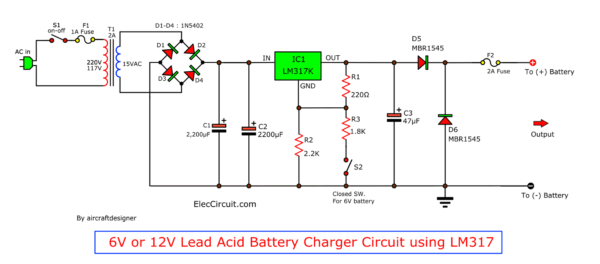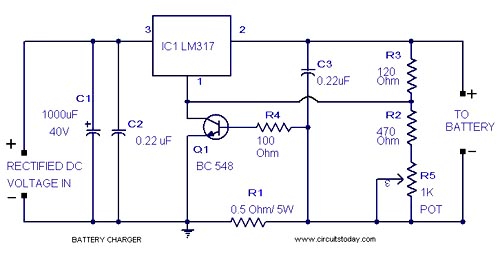cyberpks
Newbie level 5
Hi All,
Actually I have a 12v 14AH SLA battery and I was wondering :-? that if I can make a auto-cutoff charger for the same, I can easily make a simple charger for the same but I don't know how to get that cutoff section work for protecting the battery to get overcharged. I guess I'll require a voltage comparator (LM324 - I saw it in most of the circuit ideas available) or a relay switch. Any Ideas how do I get that switch working:roll:? I only need the cutoff part and not the charger.Please HELP!!!
Actually I have a 12v 14AH SLA battery and I was wondering :-? that if I can make a auto-cutoff charger for the same, I can easily make a simple charger for the same but I don't know how to get that cutoff section work for protecting the battery to get overcharged. I guess I'll require a voltage comparator (LM324 - I saw it in most of the circuit ideas available) or a relay switch. Any Ideas how do I get that switch working:roll:? I only need the cutoff part and not the charger.Please HELP!!!


